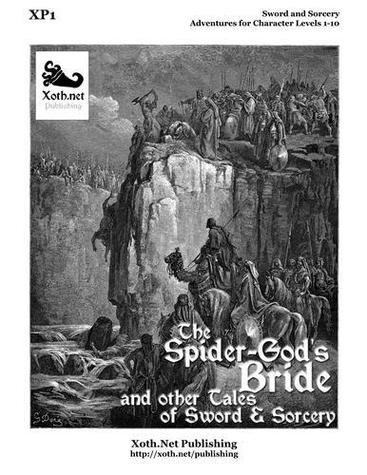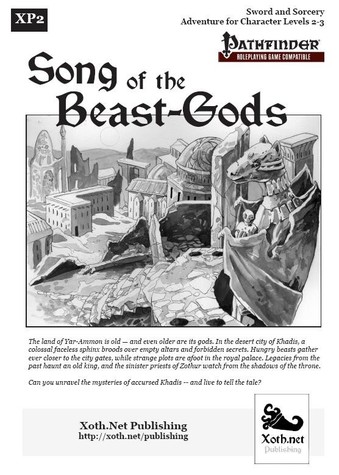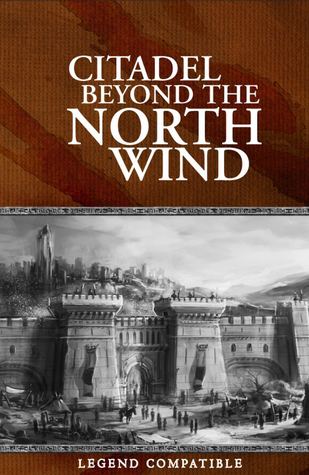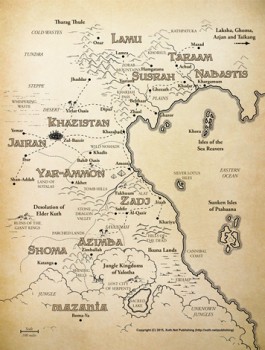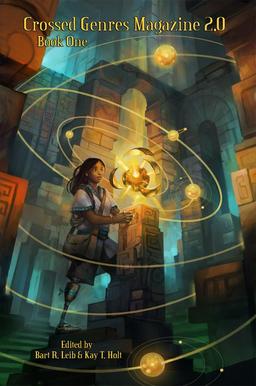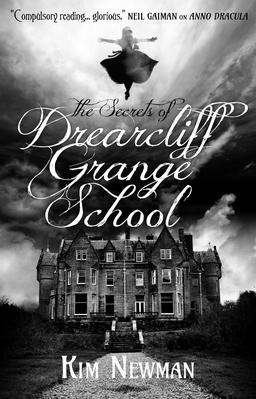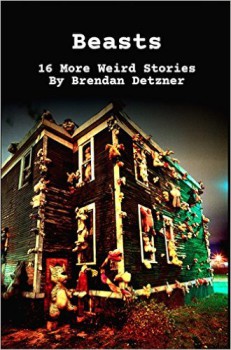Goth Chick News: Why the Yeti Needs a Good PR Firm
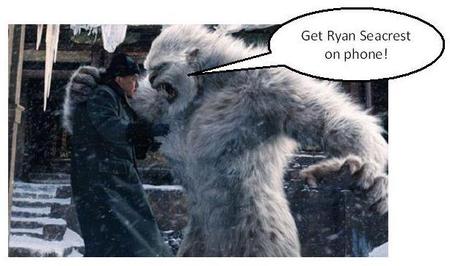 As a former Londoner of the ex-pat variety, I still regularly peruse the BBC web site for the morning news. Normally this consists of a rather broader version of world events than can be had from CNN, but rarely anything earth-shatteringly different.
As a former Londoner of the ex-pat variety, I still regularly peruse the BBC web site for the morning news. Normally this consists of a rather broader version of world events than can be had from CNN, but rarely anything earth-shatteringly different.
Until this week when I came across an entirely legitimate article entitled:
Why Don’t People See the Yeti Anymore? by Candida Beveridge
Alright… Now I’m wondering too.
Before I relay Ms. Beveridge’s hypothesis, I need to explain that a yeti and Bigfoot are not the same thing. For this I turn to Quora, a less foot-noted more emo version of Wikipedia:
The difference between the yeti and Bigfoot is regional. The mythology surrounding the yeti comes from the Himalayas near Tibet. Bigfoot is primarily based on North American native folklore.
More importantly, where Bigfoot currently has his own reality show on Animal Planet as well as his own Facebook page, and therefore presumably has a more of-the-moment public relations team, the yeti, who technically doesn’t even qualify to have his name capitalized, has largely dropped into the realm of fireside stories told to frighten the grandkids.
